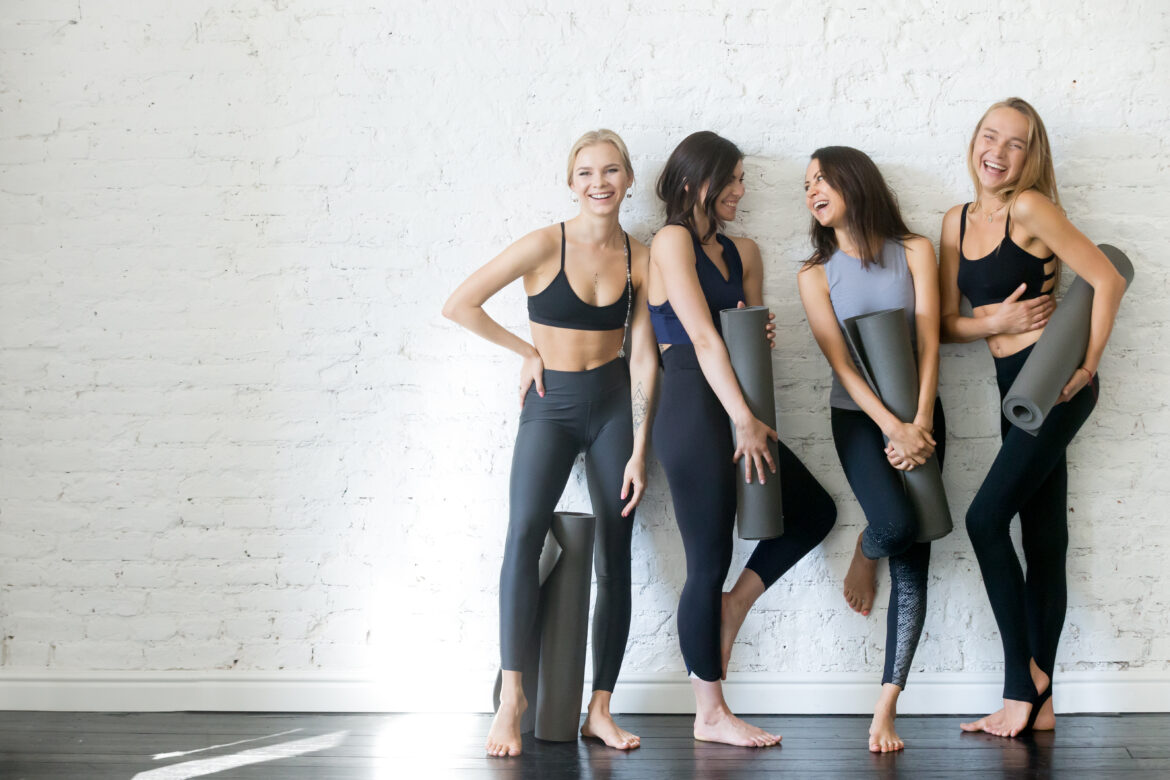The idea of fashion has advanced past its conventional bounds in a society that is continuously changing quickly. The fundamental components of comfort, usefulness, and style have now been embraced by fashion, which is no longer only about trends and aesthetics. This ongoing paradigm shift gave rise to the idea of “Fashion for Wellness,” where clothing serves as both a means of self-expression and an improvement of one’s general well-being.
Comfort as a Foundation
Undoubtedly, comfort is the cornerstone of healthy fashion. The days of forgoing comfort for flair are slowly coming to an end. Designers and marketers today place a high value on textiles that are breathable, permit unrestricted movement, and feel soft on the skin. The newfound value of comfort is demonstrated by the use of flexible materials, ergonomic designs, and adjustable elements in apparel. People are looking for apparel that fits their body type and daily activities so they can go about their days comfortably.
Functionality in Every Stitch
Another tenet of fashion for wellbeing is functionality. As adaptability is a requirement of modern life, so is clothing. Fashion is becoming more practical than ever, from athleisure gear that easily transitions from workouts to casual outings to travel-friendly outfits with concealed pockets. It’s becoming more and more common to find technical materials that wick away sweat, block UV rays, or even aid in muscle repair. This fusion of style and utility meets practical requirements while also empowering people to maintain everyday activity and engagement.

Style: A Statement of Individuality
Style continues to be an essential part of fashion for wellness, even as comfort and functionality provide the foundation. Personal style has the ability to uplift mood and increase self-confidence. The appeal of this new fashion paradigm is that it prioritizes comfort and functionality without sacrificing style. Today’s market provides a wide range of options, from elegant minimalism to vivid designs, allowing people to express themselves authentically. Additionally, ethical and sustainable fashion practices are expanding within this sector, giving customers the opportunity to make fashion decisions that are consistent with their values and the health of the environment.
The Psychological Impact
Our psychology is significantly impacted by fashion. Our general well-being improves when we are at ease and confident in what we are wearing. This link between clothes and mental health is acknowledged by the merging of comfort, functionality, and style. Wearing clothing that promotes physical comfort and complements individual stylistic preferences might help people feel more confident and less stressed. Additionally, versatile attire that adjusts to various settings and activities can develop a sense of empowerment and preparation, encouraging a positive outlook.
The Road Ahead
It has the potential to change our connection with clothing as the idea of fashion for wellbeing develops. It’s becoming more popular to look for apparel that not only improves our looks but also fosters our physical and mental well. This trend is permeating many facets of the fashion business, not simply athleisure and activewear. The confluence of comfort, utility, and style is dictating the future of fashion, whether it be through workwear that encourages excellent posture or eco-friendly materials that appeal to customers.
Fashion’s Role in Mental Health Advocacy
The need for greater worldwide awareness of mental health issues underscores the importance of fashion for wellbeing in this area. Some companies are making an effort to raise awareness about mental health by including uplifting messages, affirmations, and even therapeutic elements in their apparel lines. These programmes promote candid discussions about mental health and provide as a gentle reminder to wearers that they are not alone in their challenges. The industry is developing a supportive and sympathetic community by leveraging the fashion business as a vehicle to de-stigmatize mental health issues.
Finally, fashion for wellness captures the essence of contemporary living, in which our clothes act as an extension of our well-being. Clothing that promotes individuality while promoting physical and mental health now integrates comfort, functionality, and style rather than pitting them against one another. With the way that fashion is changing, we are encouraged to make thoughtful decisions that align with our values and advance overall wellness.


